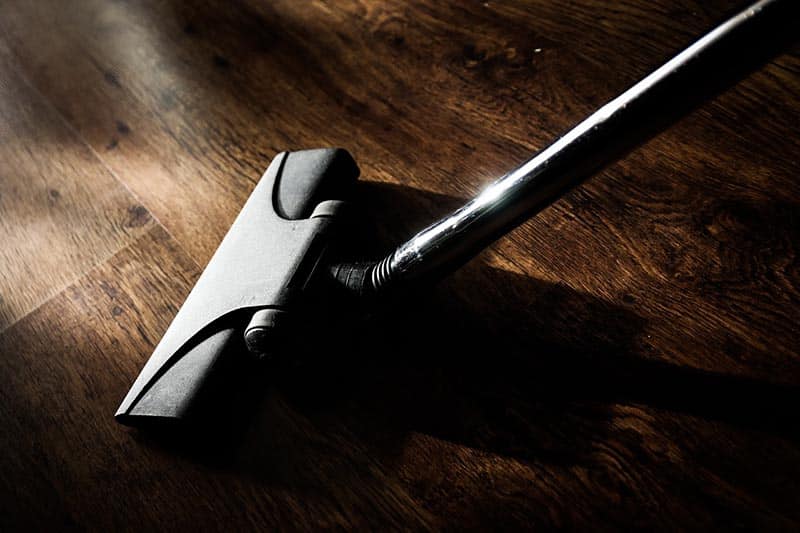From leaking pipes and roofs to floods or storms, water damage can be devastating to a household. Fortunately, there are ways to stop and repair water damage in your home.
Our Davis County flood cleanup experts work 24/7 to keep residents free of water damage. Avoiding this type of damage involves two processes: water extraction and water mitigation. This article will look at each of these categories and outline what they are and how you can use them to deal with the onset of water in your residence. By the time you finish reading, you’ll have a clear idea of water extraction vs. water mitigation.
What is Water Extraction?
Water extraction is the process of removing standing or excess water from all the affected areas of a property. Basic tools are used to address mild cases of water buildup, including blowers, pumps, mops, or suction hoses. Subtler or deeper damage may require complex equipment, such as wet-dry vacuums or dehumidifiers.
The water extraction process is intended to remove all traces of water-damaged areas, such as floors and walls. This helps remove and prevent mold growth and replace sections to repair warping or weakness.
Water extraction can be done as a DIY project, as many tools can be bought from a hardware store. Bigger tools, such as extraction pumps or wet-dry vacuums, can typically be rented, though companies specializing in water damage restoration in Ogden and the surrounding communities offer their own. Calling Utah flood restoration professionals to remove excess water gives your home a greater chance of returning to its pre-damaged condition.
Key Water Extraction Methods
Some of the best methods to remove water from your home are:
- Wet-dry vacuum – primarily used to remove water from absorbent surfaces, such as carpets or porous woods
- Vacuum pumps/hoses are only necessary for deeper floods; these are the best ways to remove large volumes of water from basements or lower levels.
- Dehumidifiers will remove most moisture from the air and surfaces to prevent mold spores from settling.
How Does it Help?
Water extraction can provide you with better insight into the extent of the damage. While water will usually gather on surfaces, it is much harder to determine how deep the damage has gone. Warped wood and weakened flooring may not be readily apparent until after the complete removal of moisture from the area.
Even if no physical damage has been done to flooded or dampened areas, the remaining water can cause other issues over time. Molds grow best in warm, damp environments and can spread deep into your home’s walls or foundation. This can lead to major structural weakening and health problems for your family as spores can affect allergies or spread illness. Damp spaces will also entice small creatures such as mites or worms to invade your home, further risking the spread of illness or damage.
Fortunately, water extraction can help prevent many of these scenarios.
What is Water Mitigation?
Water mitigation involves all the actions you take to prevent water damage in your home. When done correctly, water mitigation saves you from dealing with damage caused by floods, storms, or even mold.
Water mitigation methods will vary depending on which parts of your home you are protecting. Proper maintenance on pipes and heating systems, correct ventilation to prevent moisture buildups, and arrangement of certain appliances or furniture are common examples of water mitigation. For areas prone to flooding, water mitigation may require the installation of flood barriers, making reinforcements outside your residence, and designing channels that lead water away.
All these methods will typically come down to the actions of the homeowners, though basic considerations should be made during the initial planning of buildings. Some newer homes might be built with installed water mitigation methods, while others will need to be added as potential problems are identified.
Key Water Mitigation Methods
A few of the ways you can mitigate water on your property include:
- Proper ventilation is necessary for all rooms that produce moisture, such as bathrooms and utility rooms
- Regular pipe maintenance where you’ll regularly check internal pipes for leaks or breaks
- Ensuring all doors and windows are properly sealed with no gaps or leaks to prevent water from creeping in.
How Does it Help?
The primary benefit of water mitigation is that you are much less likely to suffer water damage. While some things are entirely outside our control, such as damaging storms or severe floods, most of your efforts will save you time, money, and heartache.
What’s more, you may yield other benefits. Better ventilated rooms in your house will improve the airflow within them. This can have the added effect of improving energy usage for heating. More tightly insulated rooms will prevent heat loss during colder months, and secured roofs and doors will maintain property value and stave off other issues such as large-scale repair work.
No matter where you live, it’s crucial to understand both water extraction and water mitigation. Proper mitigation is the best method, as it will lessen the chances of water damage, but knowing how to handle it if it does happen will always be important, too. Take the appropriate steps today, and you’ll be able to avoid severe cases of water damage tomorrow.

